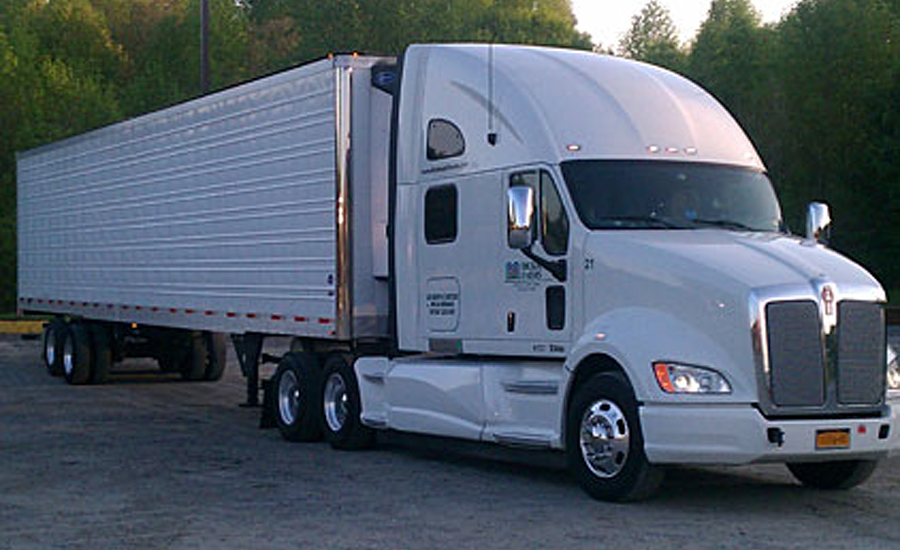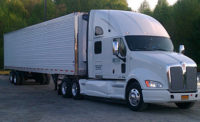ATRI releases Top 100 list of truck bottlenecks
The analysis, based on truck GPS data from more than 800,000 heavy duty trucks, uses several customized software applications and analysis methods.

The American Transportation Research Institute (ATRI), Arlington, Va., released its annual list highlighting the most congested bottlenecks for trucks in America.
The 2018 Top Truck Bottleneck List assesses the level of truck-oriented congestion at 300 locations on the national highway system. The analysis, based on truck GPS data from more than 800,000 heavy duty trucks, uses several customized software applications and analysis methods, along with terabytes of data from trucking operations to produce a congestion impact ranking for each location. ATRI's truck GPS data is used to support the FHWA-sponsored Freight Performance Measures initiative.
"When your trucks are moving, ‘America is growing,' is what President Trump told the trucking industry last October," says Dennis Nash, chairman and CEO of ATRI and chief executive officer of Kenan Advantage Group, North Canton, Ohio. "Unfortunately, as ATRI's report shows, increasingly our trucks are not moving because of congestion, choke points and bottlenecks on an aging highway system. Addressing congestion and delays at these key interchanges and highways can make our supply chain more efficient, improve the environment by reducing fuel burn and save Americans countless hours of delay and added costs."
For the third straight year, Atlanta's "Spaghetti Junction," the intersection of Interstates 285 and 85 North, is the most congested freight bottleneck in the country. The rest of the Top 10 includes:
2. Fort Lee, N.J.: I-95 at SR 4;
3. Chicago: I-290 at I-90/I-94;
4. Atlanta: I-75 at I-285 (North);
5. Los Angeles: SR 60 at SR 57;
6. Boston: I-95 at I-90;
7. Baltimore: I-695 at I-70;
8. Queens, N.Y.: I-495;
9. Cincinnati: I-71 at I-75 and
10. Louisville, Ky.: I-65 at I-64/I-71
"As the issue of infrastructure investment comes to the forefront on the national stage, ATRI's report on truck bottlenecks could not come at a better time," says Chris Spear, president and CEO of American Trucking Associations, Arlington, Va. "The safe and efficient movement of freight should be a top priority in any infrastructure package, and this report identifies the areas where investment is most needed. Finding long-term, sustainable funding, like our proposed Build America Fund, to address these needs is critical, and we urge Congress and the Administration to quickly move forward on a plan to tackle this growing crisis."
Looking for a reprint of this article?
From high-res PDFs to custom plaques, order your copy today!







